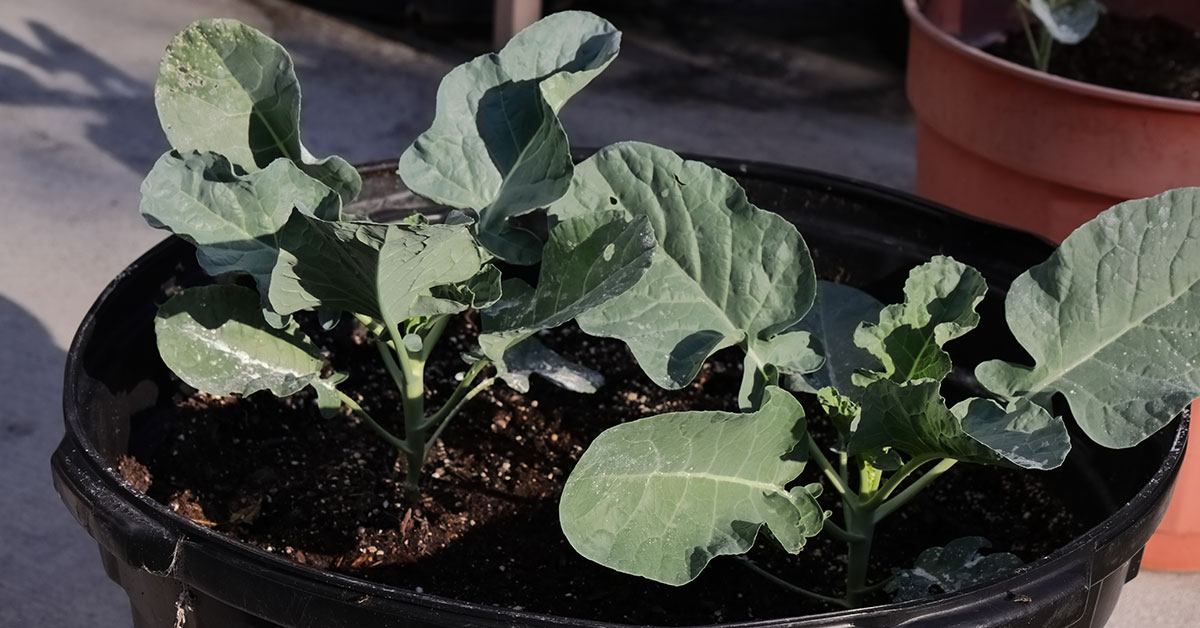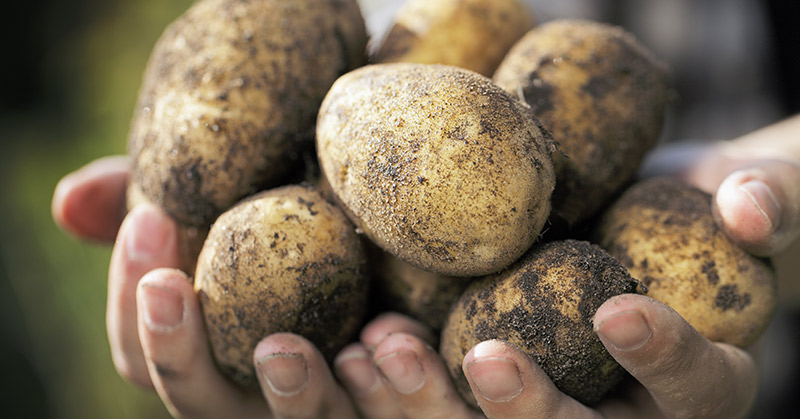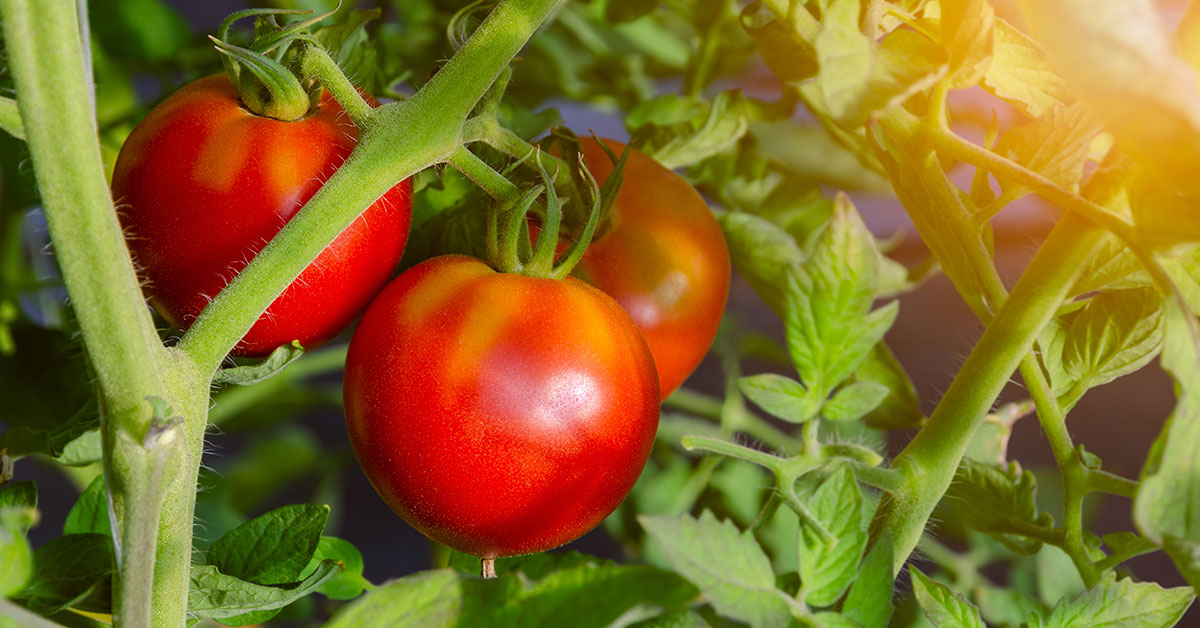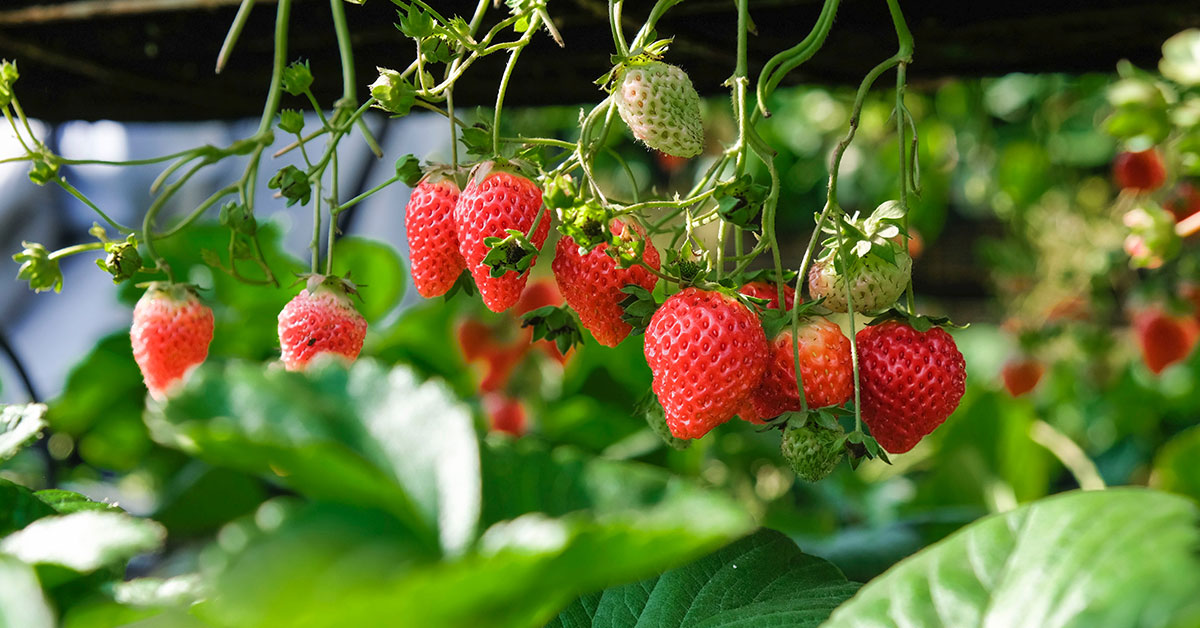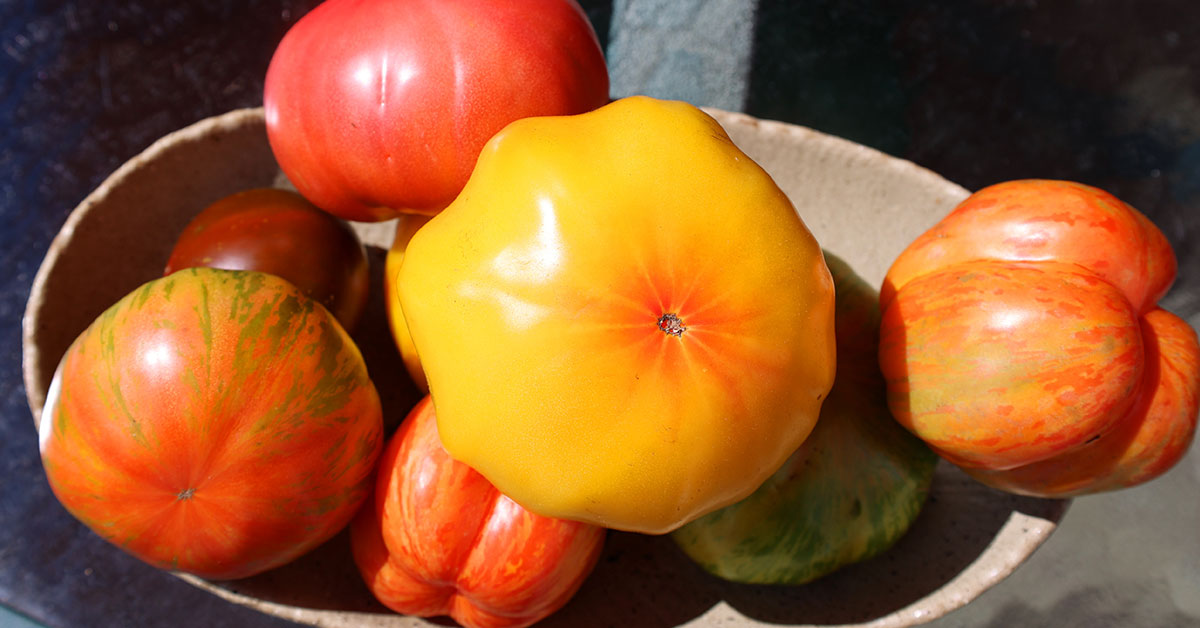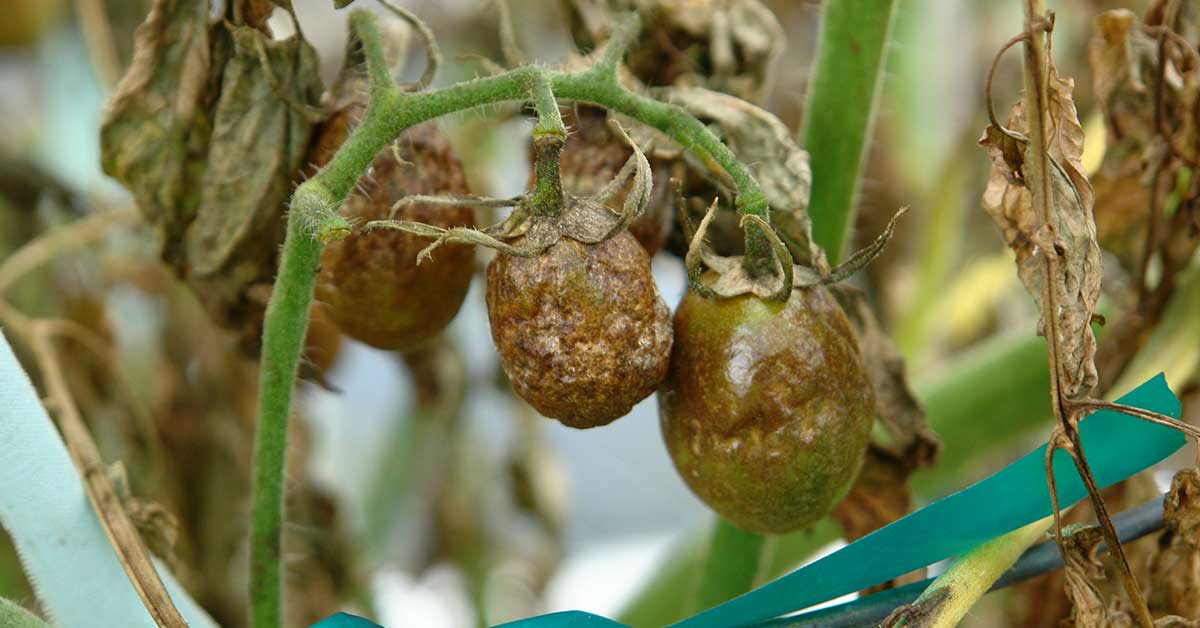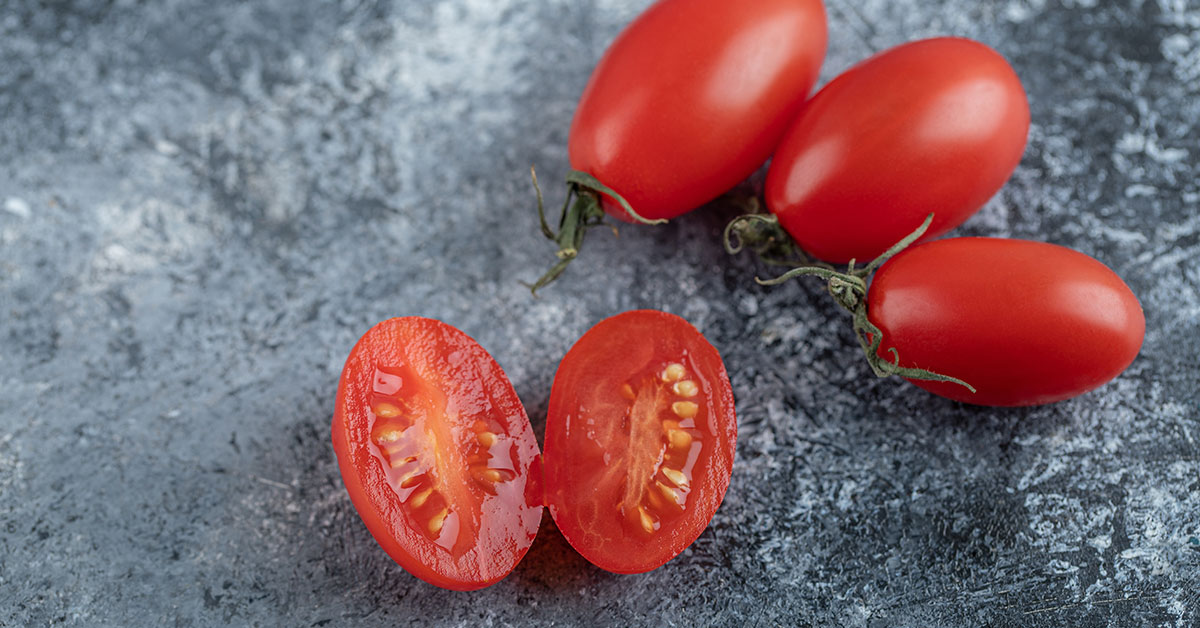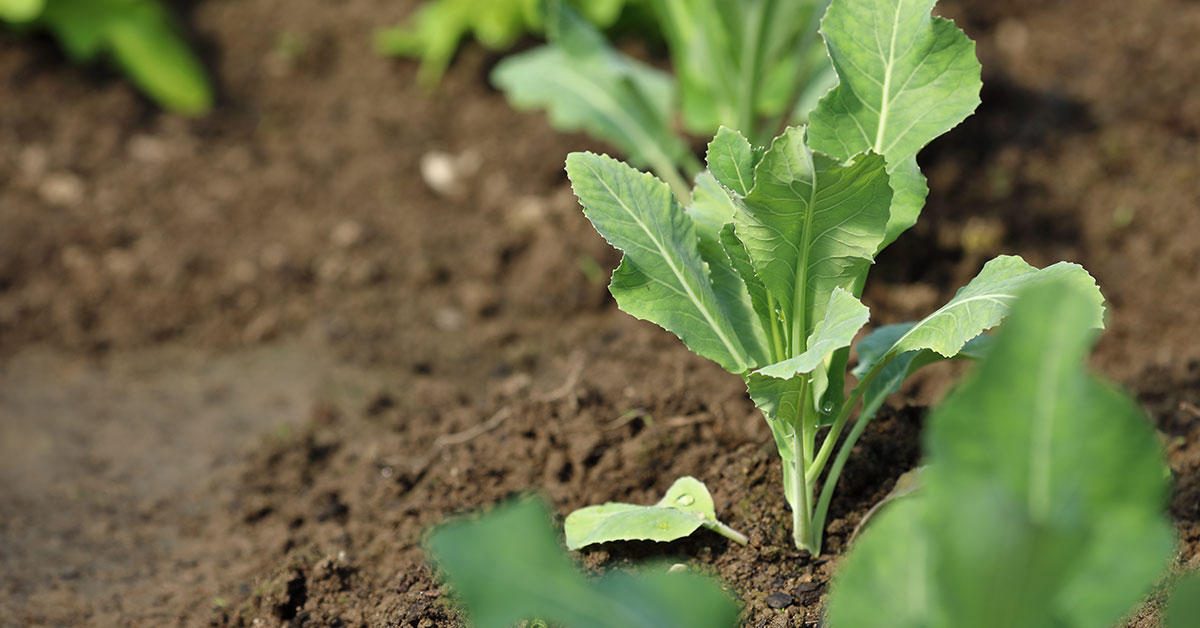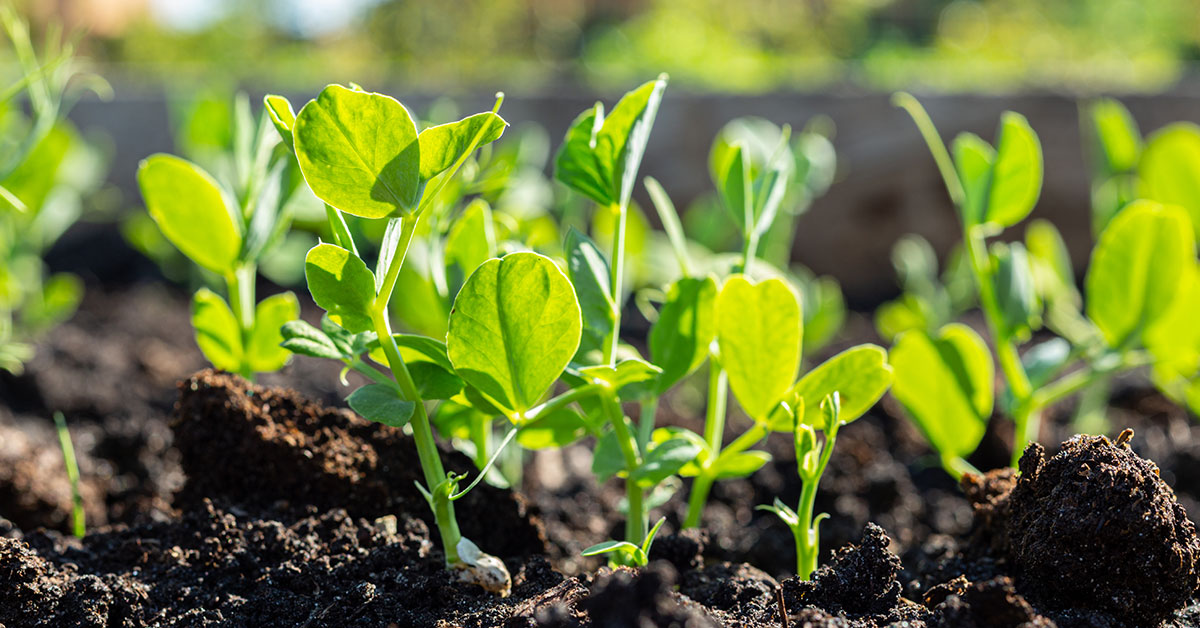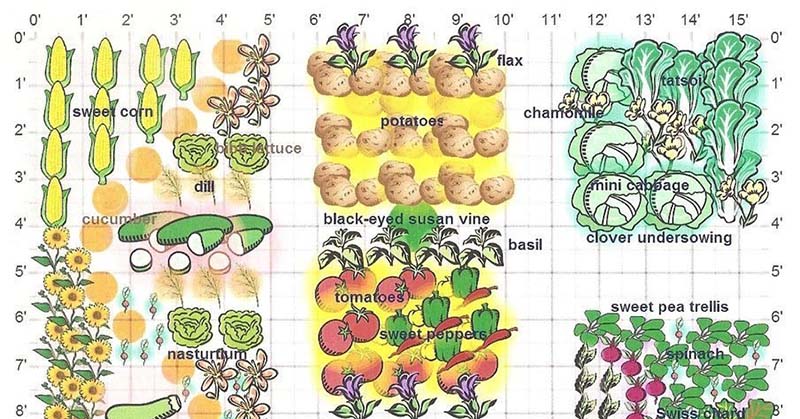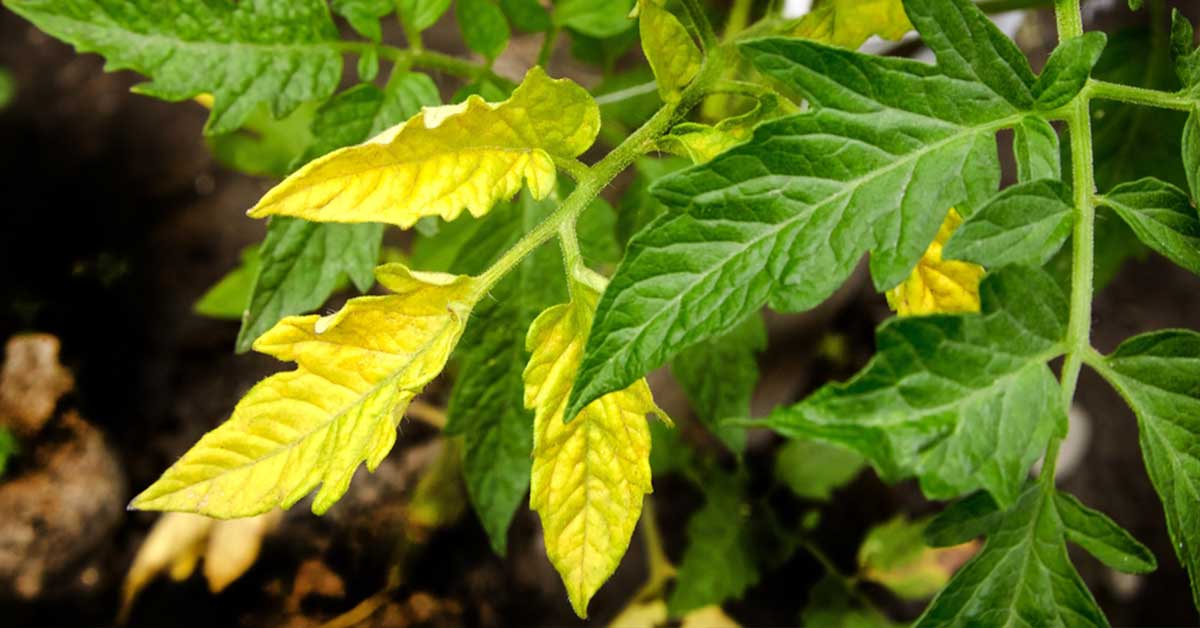Waltham 29 Broccoli is a popular variety of broccoli that is highly valued by gardeners and farmers alike. It was first developed in the 1950s at the Waltham Field Station of the University of Massachusetts.
This particular variety of broccoli is known for its large, blue-green heads that are packed with nutrients and flavor.
It is a cold-hardy plant that can be grown in a variety of climates and soil types, making it a versatile vegetable for any garden or farm.
We will explore the benefits of growing Waltham 29 Broccoli and offer tips on how to cultivate this amazing vegetable.
What is a Waltham 29 Broccoli
Waltham 29 broccoli is a popular variety of broccoli that is known for its high yield and excellent taste. It is a cool-season vegetable that is typically grown in the fall and winter months, and it is a great addition to any vegetable garden.
The Waltham 29 broccoli was developed in the 1950s at the University of Massachusetts at Waltham by a team of researchers led by Dr. George Moriarty. The goal of the research was to develop a broccoli variety that was well-suited to the New England climate and had a consistent, high yield.
The Waltham 29 broccoli quickly became a favorite among gardeners and farmers due to its excellent taste and texture. It has a deep green color and a tight head that is packed with flavor. It is also known for its high nutritional value and is an excellent source of vitamins A and C, as well as iron, calcium, and fiber.
Waltham 29 broccoli is a great choice for anyone looking to grow their own vegetables and enjoy fresh, healthy produce throughout the fall and winter months.
What does Waltham 29 Broccoli taste like?
Waltham 29 Broccoli is a popular variety of broccoli that is known for its delicious taste and crisp texture. This variety of broccoli has a mild, sweet flavor that is similar to other varieties of broccoli, but with a slightly nuttier taste. The texture of Waltham 29 broccoli is firm and crunchy, making it perfect for stir-fries, salads, and other dishes where you want to add some texture.
One of the things that set Waltham 29 broccoli apart from other varieties is its ability to retain its flavor and texture even after it has been cooked. This makes it a great choice for meal prepping or for cooking in advance. Whether you steam it, roast it, or sauté it, Waltham 29 broccoli will maintain its delicious flavor and crunch.
Waltham 29 broccoli is a great choice for anyone who loves the taste of broccoli and wants to add some variety to their meals. With its mild, sweet flavor and firm texture, this variety of broccoli is perfect for a wide range of dishes and is sure to become a staple in your kitchen. So the next time you’re at the grocery store, be sure to pick up some Waltham 29 broccoli and enjoy its delicious taste.
How to start Waltham 29 Broccoli from seeds
Waltham 29 Broccoli is a popular variety of broccoli that is known for its large, tightly-packed heads and its ability to withstand cold temperatures. If you’re interested in growing your own Waltham 29 Broccoli, the first step is to start the seeds indoors before transplanting them to your garden.
Here’s a step-by-step guide on how to start from seed:
- Gather Supplies: You will need Waltham 29 Broccoli seeds, seed starting trays, seed starting soil, a spray bottle, and a grow light or sunny window.
- Fill the Seed Trays: Fill your seed starting trays with seed starting soil. Make sure the soil is moist but not waterlogged.
- Plant the Seeds: Plant two or three seeds in each cell of the seed tray. Cover the seeds with a thin layer of soil.
- Mist the Soil: Lightly mist the soil with a spray bottle. This will help keep the soil moist until the seeds germinate.
- Provide Light: Place the seed trays under a grow light or in a sunny window. Broccoli seeds need plenty of light to germinate, so make sure they are getting 12-14 hours of light per day.
- Water Regularly: Check the soil daily and water as needed to keep it moist but not waterlogged.
- Thin the Seedlings: Once the seedlings have emerged, thin them to one per cell. This will ensure that each plant has enough space to grow.
- Transplant to the Garden: When the seedlings have grown to be 3-4 inches tall and have at least two sets of true leaves, they are ready to be transplanted to the garden. Choose a spot in your garden that gets full sun and has well-draining soil.
How to grow Waltham 29 Broccoli
Waltham 29 Broccoli is a popular variety of broccoli that is easy to grow in your garden. Here are some tips on how to grow this plant:
- Choose the right location: Broccoli needs full sun (at least six hours of direct sunlight per day) to grow properly. Choose a location in your garden that gets plenty of sun.
- Prepare the soil: Broccoli prefers well-draining, fertile soil. Add organic matter such as compost or aged manure to your soil before planting. Also, make sure the pH level of your soil is between 6.0 and 7.0.
- Plant the seeds: Starting seeds indoors about 6-8 weeks before the last frost date in your area is the best way to start broccoli plants. You can also sow seeds directly into the garden after the last frost date. Plant seeds about 1/4 inch deep and 3 inches apart.
- Water regularly: Keep the soil moist, but not waterlogged. Broccoli needs consistent moisture to grow properly.
- Fertilize: Fertilize your broccoli plants once a month with a balanced fertilizer. You can also use a slow-release fertilizer when planting your seeds.
- Control pests: Broccoli is susceptible to pests such as aphids, cabbage worms, and flea beetles. Use natural methods such as neem oil or insecticidal soap to control pests.
- Harvest: It is ready to harvest when the heads are firm and tight. Cut the heads off with a sharp knife, leaving a few inches of stem attached. You can also harvest the side shoots that will grow after the main head is cut.
When to harvest
Waltham 29 Broccoli is a popular variety of broccoli that is known for its large heads and exceptional flavor. If you are growing this variety in your garden, you will want to make sure that you harvest it at the right time to ensure the best possible flavor and texture. Here are some tips on when and how to harvest Waltham 29 Broccoli.
The key to harvesting at the right time is to pay close attention to the size and appearance of the heads. Typically, you can expect it to mature in about 70 to 100 days after planting, depending on the weather conditions and other factors. The heads will start to form in the center of the plant and will gradually grow larger over time.
When to Harvest
The best time to harvest Waltham 29 Broccoli is when the heads are firm and tight, but not too large. If you wait too long to harvest, the heads may start to loosen and the flavor may become bitter. On the other hand, if you harvest too early, the heads may not be fully developed and may not have the best flavor.
To determine whether the heads are ready to harvest, look for heads that are about 6 to 8 inches in diameter and have a deep green color. You can also gently press on the heads to see if they are firm and tight. If they feel soft or spongy, they are not ready to harvest yet.
How to Harvest
To harvest Waltham 29 Broccoli, you will need a sharp knife or pair of scissors. Carefully cut the stem of the head about 5 inches below the head, making sure to leave some of the stem attached to the head. This will help to preserve the quality and flavor of the broccoli.
After you have harvested the main head, you may notice that smaller side shoots start to form on the plant. These are known as “broccoli raab” or “broccolini” and can also be harvested and eaten. Simply cut the stems of the side shoots about 2 inches below the head.
Harvesting Waltham 29 Broccoli is a simple process that requires some careful attention to timing and appearance. By following these tips, you can enjoy delicious, healthy broccoli that is packed with flavor and nutrients.
